Samora Pinderhughes: I'm Samora. I'm of very complex descent. My father is African American and of Choctaw descent as well, and my mother's family is Sephardic from Azerbaijan. I grew up in the Bay Area, and I'm a musician, composer, multidisciplinary artist. My main project is called The Healing Project, which is an interview-based project on trauma and healing from structural violence in the United States, and it has a bunch of different facets. We do a lot of artistic work with people who are currently and formerly incarcerated, abolitionist work, and direct action campaigns that use narrative work to try to free people from prison. So, a lot of my work is around the carceral state, but also connecting the dots between that and the rest of the institutions that make up the United States.
Mary: You know, growing up, I always had a language for Afro-Native families from my own family. That was always how we discussed and understood ourselves. But it seems like a broader worldly understanding of the fact that Afro-Native people are here and have been here has only begun to become more mainstream in the last decade-and-a-half. So it’s lovely to be having this conversation with the two of you.
Maybe it would benefit us to begin this conversation by defining kinship for ourselves. How do you all use the term? Who is included in this term?
Storme: I agree with you. It’s incredible to witness that our existence is seen now because it wasn’t always like this. I was just thinking of my experience growing up. I always had a lot of judgment. Ancestors know who we are, so I don’t have to worry about what anyone else thinks of me. There’s an idealistic feeling around that kinship because my particular family has been so traumatized, so it’s quite challenging to handle that.
But I think that being in these marginalized positions can actually afford us a certain freedom that other people might not understand, a certain vastness of where we are, seeing where we are in the world in relation to everyone.
I think that being in these marginalized positions can actually afford us a certain freedom that other people might not understand, a certain vastness of where we are, seeing where we are in the world in relation to everyone.
Mary: Totally. Now that I’m in my thirties, it has made me really start to ask myself, “What are my broader responsibilities now?” And I’ve found that a lot of those answers can be found in the lessons that my family and broader kinship networks have taught me across the years.
For example, I’ve lived in Boston for about thirteen years, which has been beautiful but also difficult because it’s so expensive. Without a doubt, I wouldn’t have been able to make it here if I hadn’t had people taking care of me—from friends in college helping me to get a job at their places of employment to my aunties sending me back to the city with bags full of food every time I came home to the island. So I think of kinship very broadly. It is all of the people and communities that have taken care of us in ways big and small and have made sure that we had what we needed in order to be well and to do what it is that we’re meant to do in the world.
Samora: For me, kinship is just a practice. It’s a practice, and it’s action. When I think about kinship, I think, who are the people that are sustaining me on a daily basis, and how am I sustaining other people on a daily basis? That can look like emotional support, physical support, practical support, as well as just being present. And that’s what I think of when I think of community of kinship.
Solidarity is more of intercommunal support. As we’re grounding into the things that our communities need, how are we also able to be there for other communities, to be present for their struggles and to find shared common struggles?
Especially in the Boston context, I think a lot about the Combahee River Collective. They’re the best examples of kinship and solidarity together, as people who built a community together, who were present for each other in that kinship way. They were present for each other’s lives as they became mothers, as they became partners, as they became artists, created press together; but they also spoke about the project of what they wanted to fight for, the things they believed in, and how they worked within multiple intersecting identities and make that a political project. I think no one does it better.
Mary: Totally. One of the many invaluable things about “The Combahee River Collective Statement” is that it articulates the need for the collective’s founders to create a safe space for themselves as Black lesbian women while also advocating for forming coalitions with groups in the Black community that did not necessarily share all of their identities. And it also names the terms that such coalitions needed to operate on, which is so crucial because good coalitions require forms of accountability and mutual respect.
For me, kinship is just a practice. It’s a practice, and it’s action.
Samora: That's an interesting question from that perspective. You speak of the collective almost as a place of sanctuary, like the coalition or the collective space is a safe space where people can be present and know they will be supported. At the same time, from a solidarity perspective, from the perspective of a political or organizing project—where we are going to shift things like policy or institutional practice, where we'll need greater power to exert force to change things—you might have to connect and work with people and spaces that you feel fully yourself or fully safe in.
You have, in essence, a kinship space or a collective space where you know people are there for you, where you have that community that's true community; and at the same time, you also know that, "Okay, there are certain things we are working on to shift. Sometimes we're going to have to connect with people who are not necessarily that for us, but for whom the goals are the same." That can be the difficult work of coalition building. Knowing that difference can be important because you also need to know who has your back.
Mary: Yeah, and it goes back to what you were saying, Samora, that kinship is a practice. Developing any practice is like building a muscle, which is difficult and sometimes painful, right?
In my classes, I teach about Black and Indigenous political organizing, and we've spent a lot of time talking about what solidarity and coalition look like. We talk about how notions of kinship and solidarity are often idealized, but building these relations across difference is often quite hard in practice. So we look at documents and we think about clear moments of coalition or solidarity being built between Black and Indigenous groups, but we also think about moments when the archival record thins a bit and why that might be the case.
Storme: We have to interrogate the archives in a critical manner. There's one book about Native Seattle, which is called Native Seattle, by a white gay man named Coll Thrush. So, there's a statue of Chief Seattle in the city, and it says, "Chief Seattle, a firm friend of the whites." Yeah. For real, they're justifying what they're doing. Then, his daughter—her name was Kikisoblu, but they changed her name to Princess Angeline—on her gravestone, it also says something like “a firm friend of the whites.” So, I was conversing with Coll, and he says, "Oh yes, they're all over Seattle. I left them out of the book. " Because it made him uncomfortable, is my interpretation. But that's our history.
So these are the things that we have to look to when we go to the archives. We have to translate; we have to look for what's missing. My work is particularly involved with resurrecting untold ancestral stories.
Mary: Definitely. So many of my students are coming out of the pandemic and this prolonged period of grief and harm which has been their coming-of-age. Last fall, I opened my class on Black Power and Red Power by asking my students, "What brought you to this class?" And many students responded, "We want to learn about what solidarity is.” So it seems like my students steadfastly believe that no one's going to survive unless we work towards everyone’s survival.
To Storme’s point, many of my students would become frustrated about the limitations of the archive—that records of coalition and solidarity can be scant for all of the reasons outlined above. So we had to address that in the class. We also discussed what happens when the political claims of two groups might butt up against each other and make coalitional work difficult or impossible. For example, we examined Black Power and Red Power conceptualizations of land and sovereignty. We read a bit of Kyle Mays’ work and Zoé Samudzi and William C. Anderson’s work in order to think about moments when two different groups, whose politics on paper seem to be very aligned, are making claims to the same thing.
We also have a lot to learn from the language that contemporary folks have developed that theorize Black and Indigenous futures as interdependent. Earlier, Storme mentioned Melanin Mvskoke; I also think about Indigenous and Black organizing collectives like the Red Nation and Black Lives Matter. To return to Samora’s language of the practice, these folks seem to be deeply invested in asking the difficult questions: What are the actions that need to be taken to work towards this vision of interdependent futures? And in doing so, how do we deal with difference—not by flattening it, but by contending with it, and making that contending a central part of our practice?
We also must recognize that many of the tools and practices needed to realize that dream have already been developed by our kin and ancestors.
Storme: One of my favorite definitions for artists, which is from the 1980s, is, “one who consents to dream of the actual world.” So, this society is so ill, and it's so brainwashing, and it's so easy for people to look at all the shiny things. How do we clarify our visions? Especially at this moment, I think that's our challenge: how do we clarify our visions for a better world?
Mary: Storme, I love that definition of the artist that you just gave us because it’s exactly what current conditions require. Our liberated futures can’t look like a settler or an anti-Black vision of freedom; it can’t look like capitalist accumulation or enclosure. It requires, as you said, Storme, dreaming of an actual world that is completely different from that which we currently live in. And as you said earlier, Storme, we also must recognize that many of the tools and practices needed to realize that dream have already been developed by our kin and ancestors. So even in “consenting to dream of the actual world,” we’re never fully starting from scratch.
Samora: Yeah, that was actually the genesis of The Healing Project. If you're dealing with these structural issues, why is it that the people that get asked last or never asked about what is needed to heal from these things are the people that go through it and by necessity have to discover those ways?
We live in a culture in which everything must be legible and everything must be celebrated; and if it's not celebrated and everybody doesn't see it, it's not important. So many of the things that have been important in my life are things that nobody will ever know about. And I'm not interested in them knowing about them either.

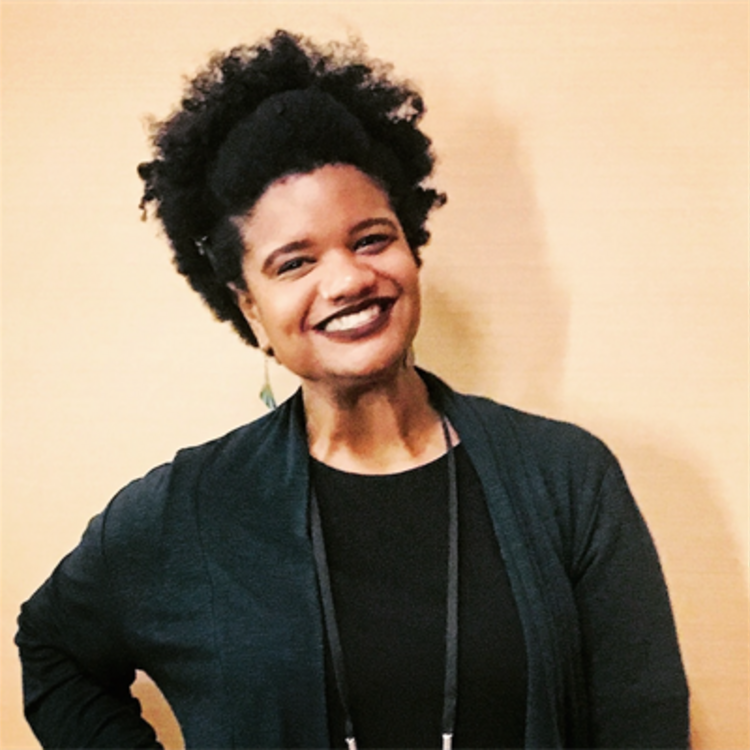
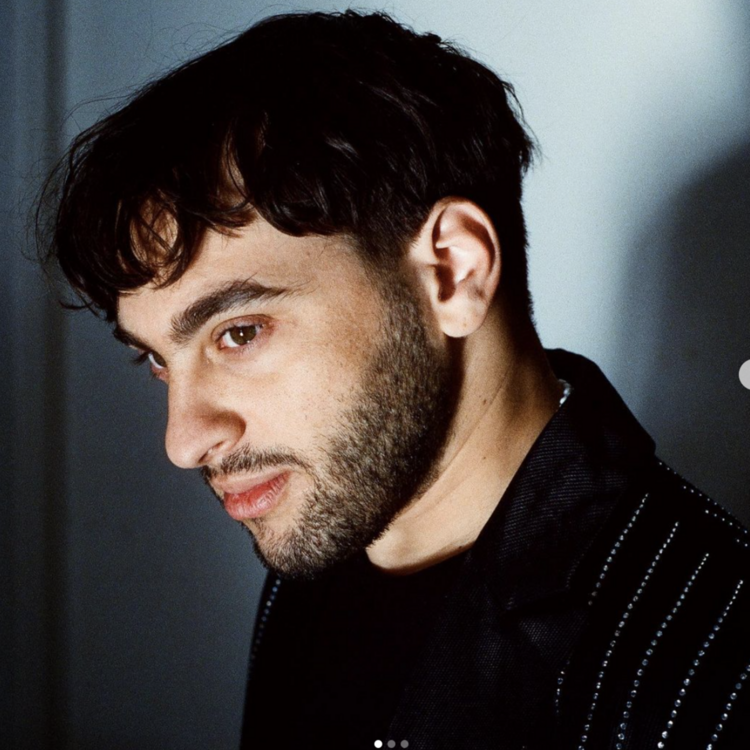
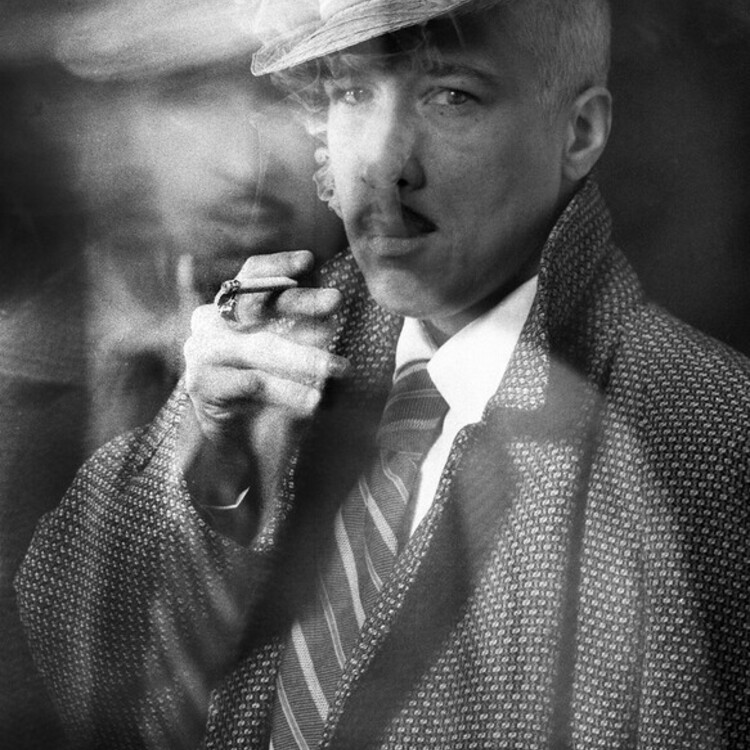
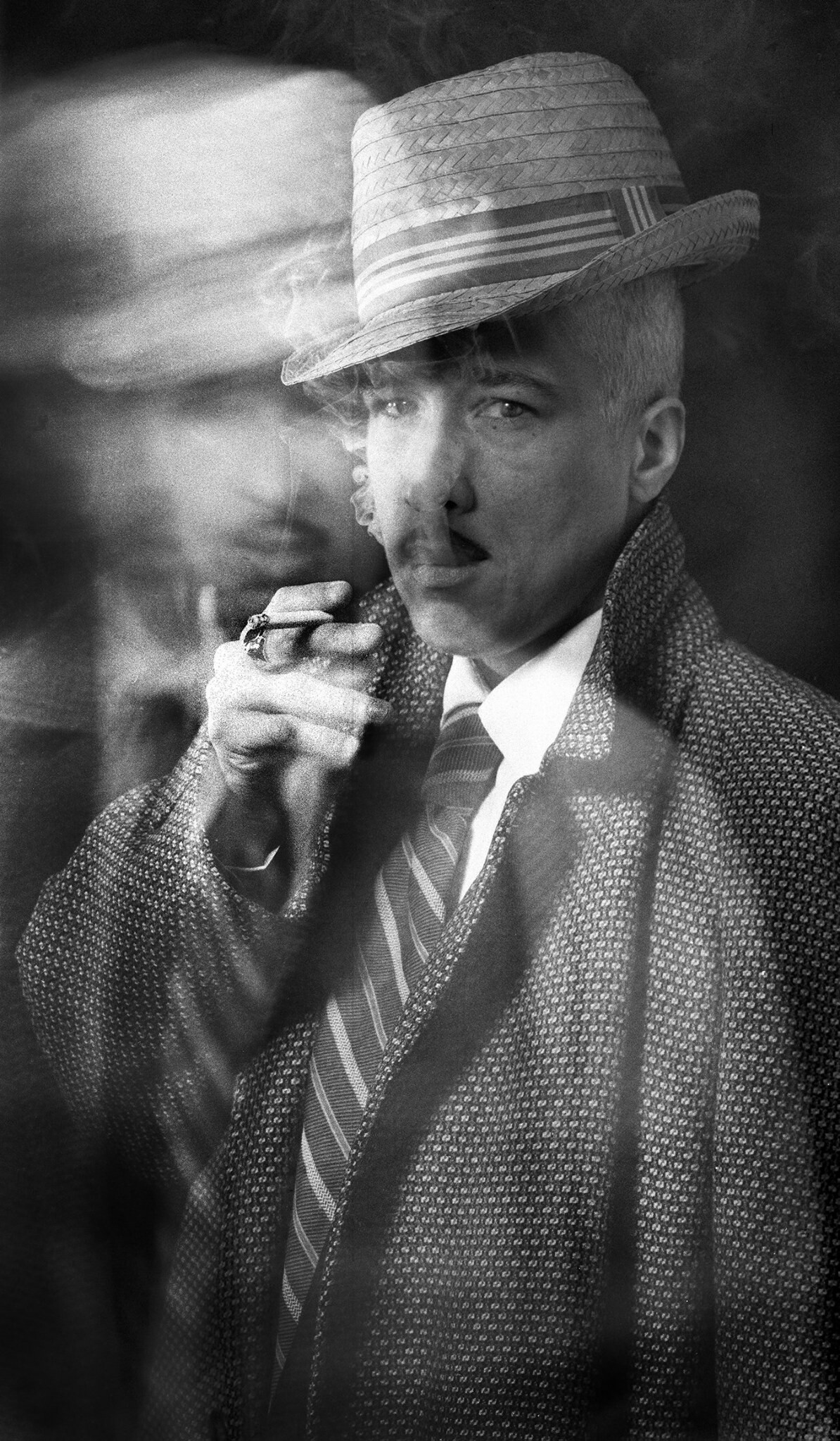

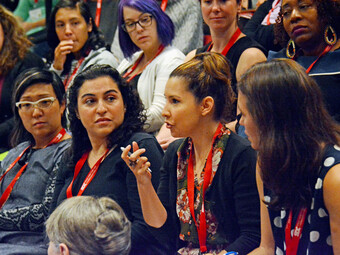





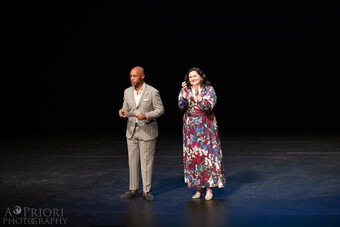


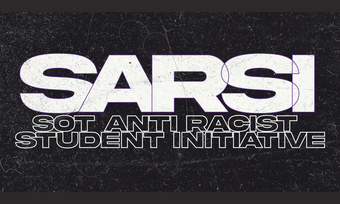




Comments
The article is just the start of the conversation—we want to know what you think about this subject, too! HowlRound is a space for knowledge-sharing, and we welcome spirited, thoughtful, and on-topic dialogue. Find our full comments policy here